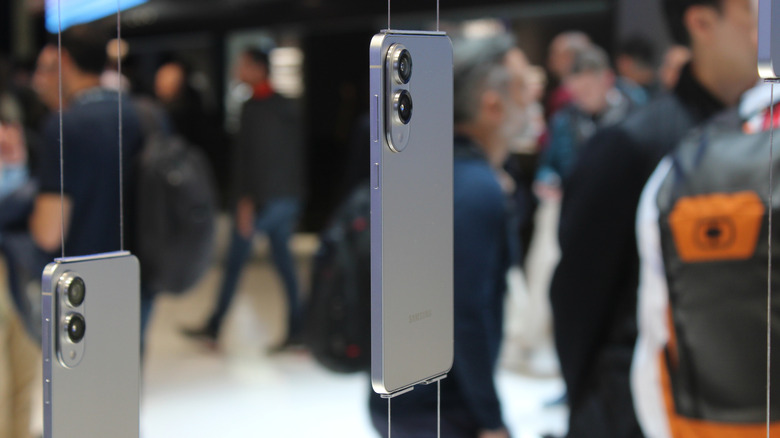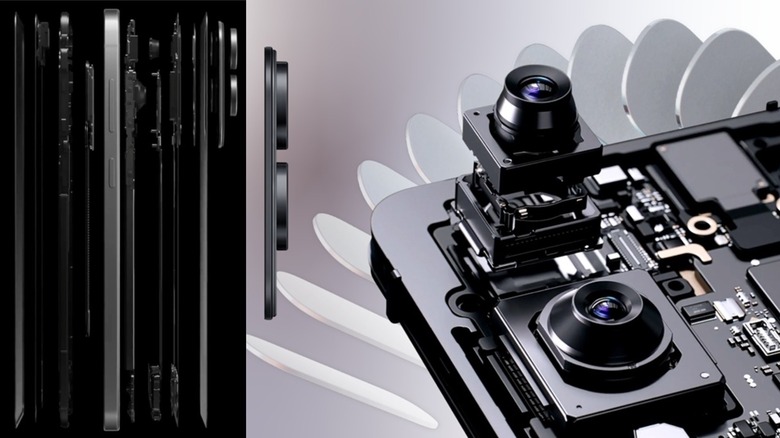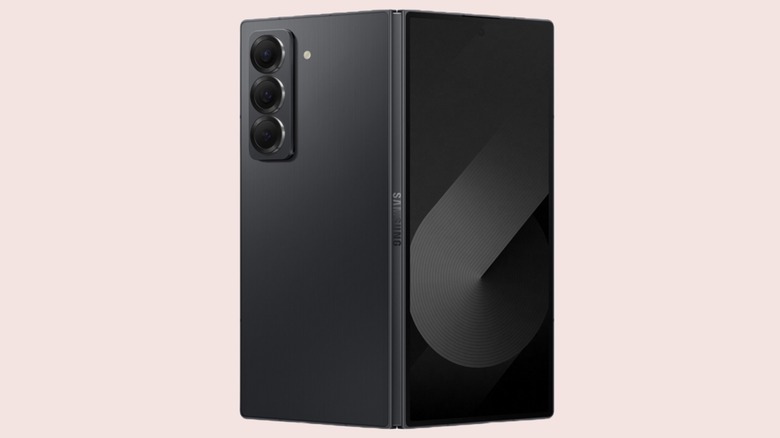How Samsung's Ultra-Slim Galaxy S25 Edge May Help Solve The Fold's Biggest Issue
Samsung turned a new chapter this year with the launch of an ultra-slim phone called the Galaxy S25 Edge, kicking off a trend that is now popular among Chinese smartphone brands. But achieving a thickness of just 5.8 millimeters is no small feat, especially with the large camera sensors and the weight of a power-hungry processor that stresses the battery life and thermals. Samsung achieved it, regardless, and that fundamental tech stack may help solve the biggest problem for the company's next-gen foldable phones — their size.
While making an ultra-slim or compact phone, especially one with a fire-breathing processor, heat dissipation becomes a crucial challenge. In my time with Samsung's smallish and entry-point Galaxy S2x series phones, I often ran into on-screen warnings about the device running hot during camera capture or playing games. To tackle that challenge, the vapor chamber inside the Galaxy S25 is 10 percent larger than the one fitted inside the thicker Galaxy S25+ smartphone. This is no ordinary vapor chamber, says the company.
[https://x.com/SamsungMobile/status/1932215196938088709]
"Samsung introduced a new 'hole structure' — a first for Galaxy smartphones — in which a portion of the front metal frame was removed to allow more direct heat transfer from the application processor to the vapor chamber," the Korean electronics giant explains. There's also a new thermal interface material that is fitted around the surrounding components to handle the heat emerging from those areas, a clever strategy to manage thermals without maximizing chassis size.
Fixing the camera conundrum
One of the biggest challenges with making thin phones is fitting camera sensors that justify the price tag of a premium phone. These days, multi-lens arrays with a 50-megapixel camera sensor have become the industry norm. Even the likes of Samsung are either pushing a 200-megapixel wide camera, a folded lens zoom system, or a large 1-inch sensor. Irrespective of the solution one picks, the camera module size grows.
On a slim phone, a large camera hump looks out of place and defeats the whole purpose of trimming down the waistline. Samsung tackled that challenge on the Galaxy S25 Edge by going to the root of the problem. Instead of reducing the sensor resolution, the engineers trimmed the thickness of the 200-megapixel camera by adjusting the structure of the autofocus and optical image stabilization (OIS) systems. To reduce the module's height, Samsung adopted a two-layer camera housing design.
As a result, what you see on the Galaxy S25 is a camera island that is roughly as thick as a penny and doesn't protrude out of its rear glass shell. These ideas could very well make their way to the next Galaxy Z series foldable phone, which is set to land in the coming weeks. Samsung has already made a few claims about it. "The newest Galaxy Z series is the thinnest, lightest and most advanced foldable yet — meticulously crafted and built to last," the company recently said in a blog post. In a nutshell, the bar is raised. Now, we just wait.
Samsung has already given a glimpse
In October last year, Samsung introduced a new phone called the Samsung Galaxy Z Fold Special Edition, even though its availability is extremely restricted. This one is 1.5 millimeters thinner than the Galaxy Z Fold 6, despite packing a larger inner as well as outer display. In fact, the company managed to slim down its book-style foldable phone without any shrinkage in the battery size, keeping it at 4,400mAh. Another major surprise was the camera. The Galaxy Z Fold Special Edition adopted a 200-megapixel main camera, the same as the Galaxy S25 Edge, and much bigger than the current-gen Galaxy Z Fold 6's 50-megapixel main sensor.
More Galaxy Z Fold7 images have emerged!
Via @evleaks pic.twitter.com/NPm0bJE82l
— Amir (@WorkaholicDavid) June 25, 2025
Simply put, Samsung has already done the taste-testing of its next-gen mainstream foldable phone that is not only slimmer, but also more of a powerhouse in the imaging department. The Galaxy S25 Edge served as a testbed for incremental upgrades, especially for the thermal hardware. Combined, it looks like the Galaxy Z Fold will solve multiple problems in one go. Leaked images suggest that the upcoming foldable phone from Samsung will indeed be noticeably slimmer and adopt new colors, as well. It would be lovely if Samsung speeds up the battery charging system, too. A slimmer foldable makes a tangible difference when it comes to in-hand feel and long-term comfort. In my time with the Oppo Find N5, the world's slimmest foldable phone, the slim profile was a huge sigh of relief — in the palm as well as the jeans pocket.


